15 Must-Know Money-Saving Tricks Every Homeowner Should Start Doing

Owning a home is rewarding but expensive. With bills piling up and maintenance costs lurking around every corner, finding ways to save money becomes essential for any homeowner. The good news? You don’t need financial wizardry to keep more cash in your pocket. These practical money-saving tricks can help you reduce expenses while maintaining (or even improving) your home’s comfort and value.
1. Install Timers and Smart Thermostats
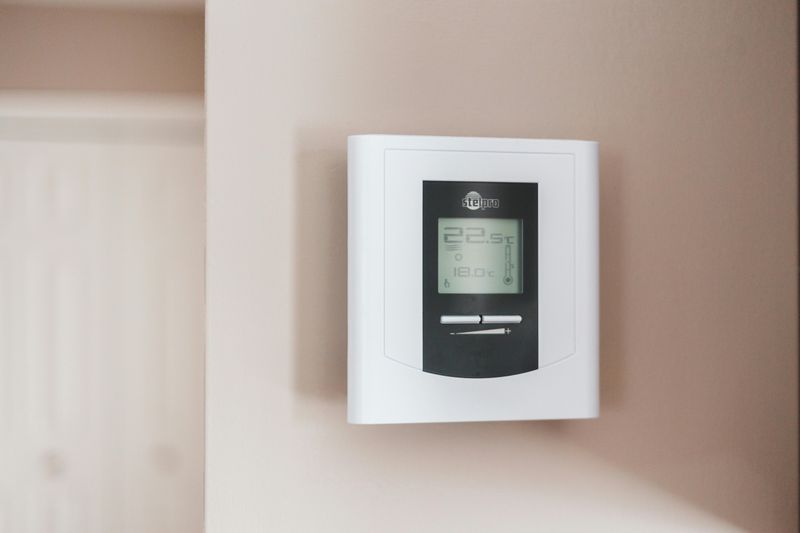
Imagine your home adjusting its temperature automatically while you’re away or asleep. Smart thermostats learn your schedule and preferences, optimizing heating and cooling to slash energy waste.
Many models connect to your smartphone, allowing remote adjustments when plans change unexpectedly. Some even track energy usage patterns, highlighting opportunities for additional savings.
The initial investment typically pays for itself within two years. During summer and winter months, homeowners commonly report utility bill reductions of 10-15% after installation – that’s hundreds of dollars annually without sacrificing comfort.
2. Drive Slower to Save on Gas

Your driving habits directly impact your wallet. Aggressive acceleration and high-speed driving force your engine to gulp down extra fuel unnecessarily, creating a constant drain on your finances.
Research shows that every 5 mph over 50 mph essentially adds an extra $0.20 per gallon to your fuel cost. Simply easing off the pedal during your commute can yield surprising savings over time.
Maintaining a steady pace also reduces wear on your vehicle’s components. The combined benefit of fuel savings and fewer repairs makes this perhaps the easiest money-saving trick on our list – requiring nothing but a lighter touch on the accelerator.
3. Rent Tools Instead of Buying
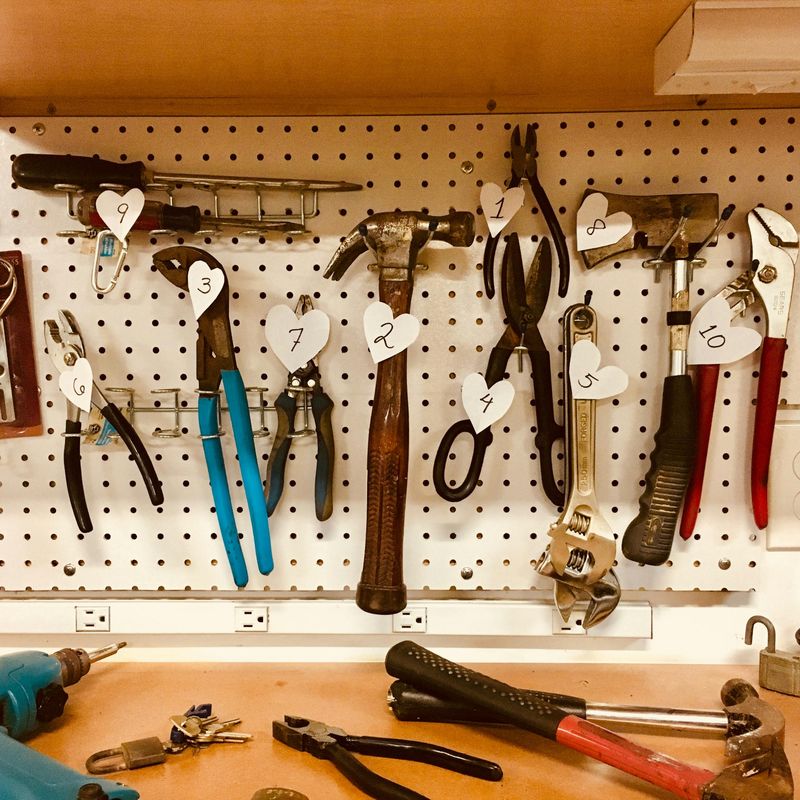
That specialized tile saw might seem essential for your bathroom remodel, but will you ever use it again? Home improvement stores offer affordable daily rentals on equipment that would otherwise collect dust in your garage.
Professional-grade tools available for rent typically outperform consumer models anyway. You’ll get better results without the hefty price tag or the storage headaches.
Beyond individual tools, consider joining community tool libraries where members share equipment for minimal fees. This approach not only saves money but also builds neighborhood connections and reduces environmental impact – the perfect blend of financial and social responsibility.
4. Use Cashback Apps for Groceries

Free money can do some heavy lifting in your budget — if you know where to look. Apps like TopCashback, Ibotta, Quidco, Rakuten, and others help you get cash back or rewards from routine shopping by activating offers ahead of time, uploading receipts, or using linked cards.
Small rebates add up over time, especially on items you’d buy anyway. Some regular users report saving $150-$400+ per year by combining multiple apps, stacking rewards, and staying consistent.
The real key is being organized: using more than one platform, watching for the best offers, and pairing them with credit card rewards.
5. Repurpose Used Furniture

That outdated dresser isn’t ready for the curb – it’s waiting for transformation! With basic tools and affordable materials, ordinary pieces become custom treasures that perfectly suit your space and style.
Marketplace finds and thrift store gems provide solid wood construction often superior to today’s mass-produced alternatives. A fresh coat of paint, new hardware, or creative repurposing can breathe new life into pieces at a fraction of retail costs.
Beyond financial benefits, furniture renovation creates truly unique home elements with character and history. The satisfaction of creating something beautiful combines with substantial savings – often 70-90% compared to purchasing new equivalents of similar quality.
6. Maintain Your Tires Properly
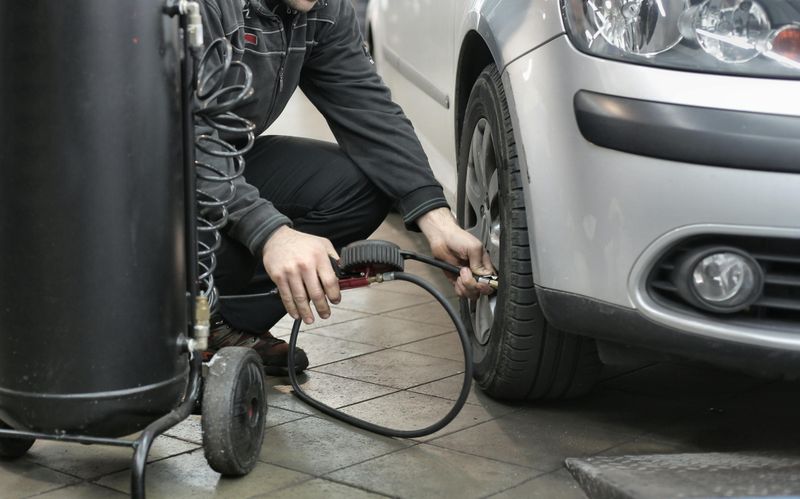
Those four rubber circles connecting your car to the road deserve more attention than they typically receive. Underinflated tires create drag that silently steals money with every mile driven – up to 3% in decreased fuel efficiency.
Regular rotation ensures even wear patterns, extending tire lifespan by thousands of miles. A simple pressure check monthly (and before long trips) takes just minutes but delivers significant long-term savings.
Consider investing in a quality pressure gauge and portable air compressor for convenience. The combined savings from improved fuel economy and delayed replacement costs can exceed $300 annually for a typical household with two vehicles – all from this simple maintenance habit.
7. Audit Your Subscriptions Regularly

Forgotten subscriptions lurk in the shadows of your monthly statements, quietly draining your bank account. The average American household spends over $200 monthly on subscription services, yet uses less than half regularly.
Set a quarterly calendar reminder to review every recurring charge. Be ruthless about eliminating services that no longer provide clear value or enjoyment proportionate to their cost.
Consider rotating entertainment subscriptions rather than maintaining them simultaneously. Many homeowners discover hundreds in annual savings during their first subscription audit, making this one of the highest-return actions on our list – requiring nothing but attention and honesty about what truly enhances your life.
8. Create Homemade Cleaning Solutions

Those colorful bottles lining supermarket shelves come with hefty markups and questionable chemical ingredients. Meanwhile, their effective alternatives might already be sitting in your kitchen cabinets.
White vinegar, baking soda, and lemon juice form the foundation of countless cleaning formulas that tackle everything from greasy stovetops to mildewed shower tiles. A spray bottle filled with diluted vinegar handles most daily cleaning tasks for pennies per use.
Beyond dramatic cost savings, homemade cleaners reduce chemical exposure for your family and pets. The environmental benefits extend further as you eliminate plastic packaging waste while maintaining a spotless home – proving that effective cleaning doesn’t require expensive commercial products.
9. Apply Weatherstripping to Doors and Windows

Feel that slight draft around your window frame? It’s literally your money floating away. Tiny gaps around doors and windows create constant temperature exchange that forces heating and cooling systems to work overtime.
Weatherstripping materials cost mere dollars but can reduce energy bills by up to 20% in older homes. The application requires no special skills – just careful measurement and patience during installation.
Focus first on north-facing windows and exterior doors where temperature differences are greatest. This simple weekend project delivers immediate comfort improvements and continues paying dividends with every utility bill. The materials typically last 3-5 years before needing replacement, making this among the highest ROI home improvements available.
10. Hang a Clothesline for Laundry

Grandmother’s laundry method deserves a modern revival. Electric dryers consume massive energy – typically 3-4 kWh per load – making them among the most expensive appliances in your home.
A simple clothesline or drying rack costs under $20 yet eliminates these energy costs completely. Sunshine also naturally disinfects and brightens fabrics while imparting that irreplaceable fresh-air scent that no dryer sheet can match.
Air-drying extends clothing lifespan dramatically by reducing fabric wear and preventing shrinkage. Even using this method for half your laundry can save $100+ annually while keeping clothes looking newer longer – combining immediate savings with reduced replacement costs for a powerful financial impact.
11. Consider Ductless Mini-Split HVAC Systems
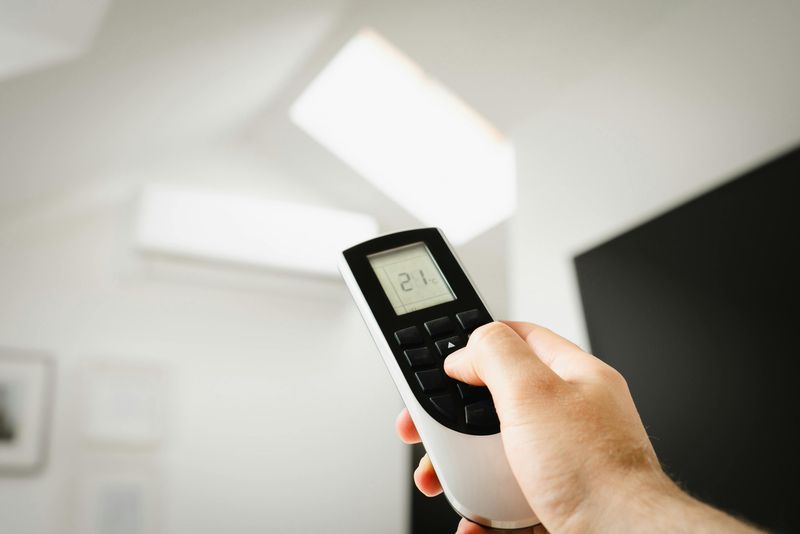
Traditional HVAC systems waste energy heating and cooling entire homes even when you’re using just one or two rooms. Mini-splits offer revolutionary zone-based climate control, directing energy precisely where needed.
Installation costs less than central air retrofitting, especially in older homes without existing ductwork. The real magic happens after installation, with many homeowners reporting 30-40% energy savings compared to conventional systems.
Modern units offer impressive efficiency ratings and smartphone control capabilities. For homeowners planning to stay put long-term, the investment typically reaches break-even within 3-5 years while providing superior comfort through targeted temperature management – making this a premium upgrade that actually pays for itself.
12. Start a Vegetable Garden

Grocery store produce travels an average of 1,500 miles before reaching your kitchen. Growing your own vegetables eliminates these transportation costs while providing fresher, more nutritious food.
Even modest gardens yield impressive returns. A well-planned 4’x8′ raised bed can produce hundreds of dollars in vegetables annually while requiring minimal space and maintenance.
Start with high-yield, expensive store items like tomatoes, peppers, and fresh herbs. Container gardening works wonderfully for space-limited homes, allowing even apartment dwellers to participate. Beyond financial benefits, homegrown produce creates opportunities for family activities and neighborhood sharing – building community connections while reducing food costs.
13. Perform Basic Car Maintenance Yourself
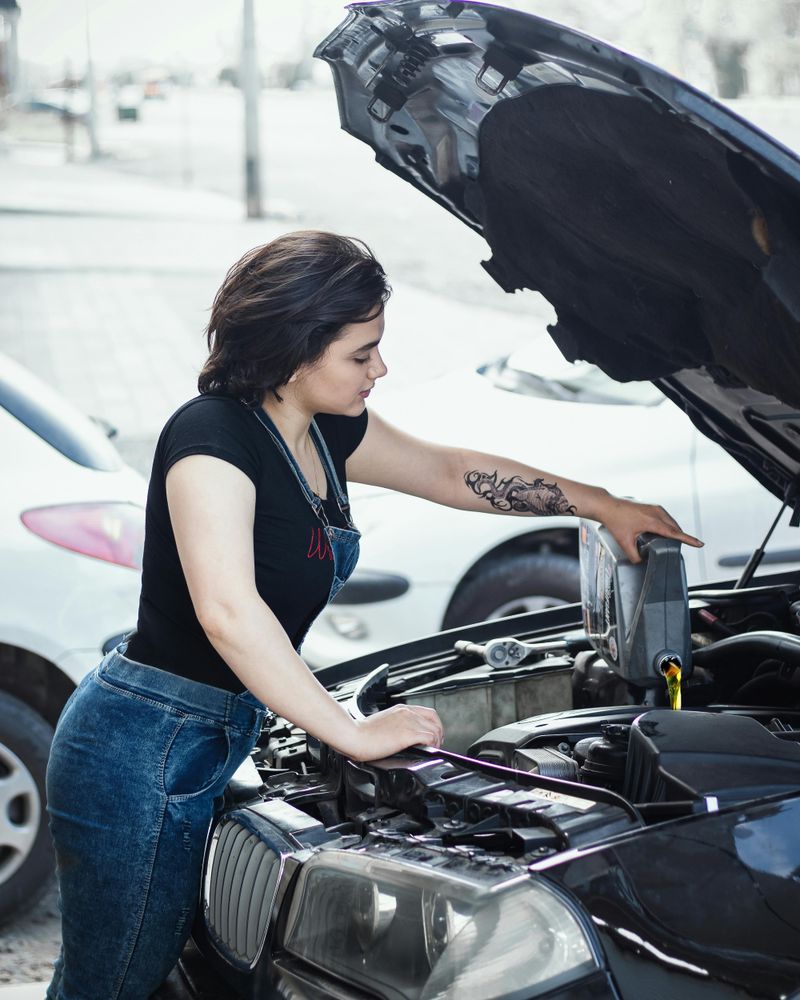
Auto shops charge $75+ hourly for labor on simple tasks you can master with basic tools and YouTube guidance. Oil changes, air filter replacements, and wiper installations require minimal skill yet constitute a significant portion of routine maintenance costs.
The financial benefits extend beyond immediate labor savings. Regular DIY maintenance helps identify developing problems before they become expensive emergencies, potentially saving thousands in major repair costs.
Start with the simplest tasks, gradually building confidence and capability. Many homeowners find that learning these skills creates valuable self-reliance that extends to other household systems. The combined savings from avoided labor costs and prevented major repairs can exceed $500 annually for a typical vehicle.
14. Upgrade to Energy Star Appliances
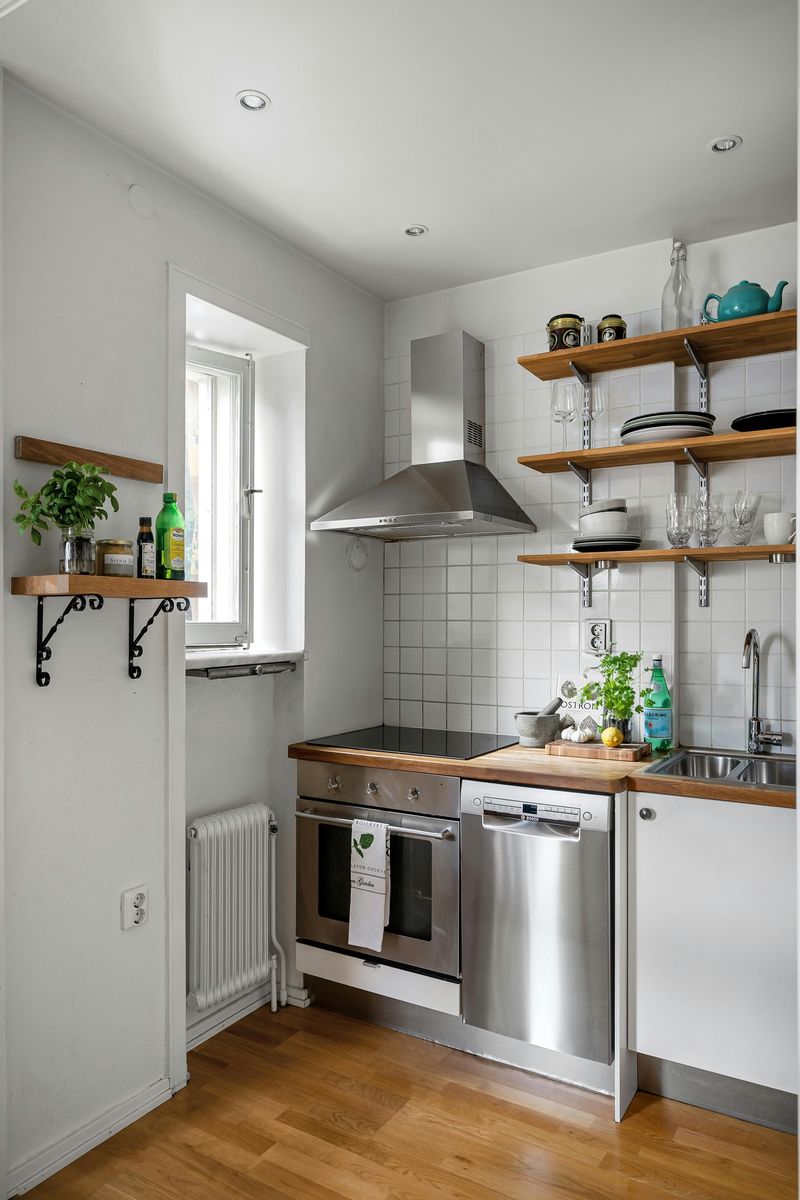
Older appliances silently drain your wallet with every cycle. Energy Star certified replacements might cost slightly more upfront but deliver substantial operational savings throughout their lifespan.
Modern refrigerators use roughly half the electricity of models manufactured before 2000. Similar efficiency gains apply to washers, dishwashers, and other major appliances – creating cumulative savings that quickly offset initial price differences.
Plan replacements strategically, prioritizing the oldest, least efficient appliances first. Many utility companies offer rebates and incentives for energy-efficient upgrades, further accelerating your return on investment. The combined impact of reduced utility bills and available rebates can make these upgrades surprisingly affordable despite their upfront costs.
15. Improve Insulation and Seal Air Leaks
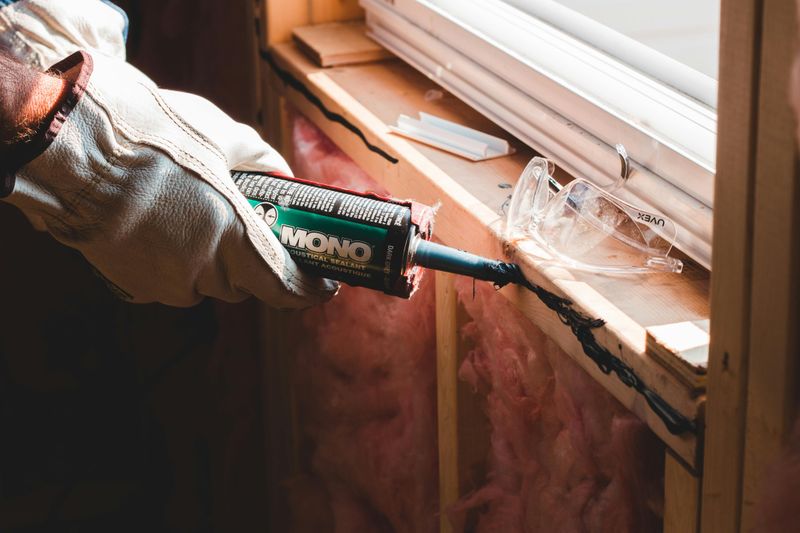
Your home’s thermal envelope determines how efficiently it maintains comfortable temperatures. Proper insulation in attics and walls creates substantial energy savings – up to 15% on heating and cooling costs according to the Department of Energy.
Start with an attic inspection, where insulation deficiencies are often most visible and impactful. Adding batting or blown insulation to reach recommended R-values for your climate zone delivers immediate comfort improvements and long-term savings.
Don’t overlook smaller air leaks around outlets, light fixtures, and plumbing penetrations. Specialized expanding foams and sealants make these fixes accessible to DIYers. The combined effect of comprehensive insulation upgrades typically pays back the investment within 2-3 years while enhancing home comfort dramatically.

Comments
Loading…